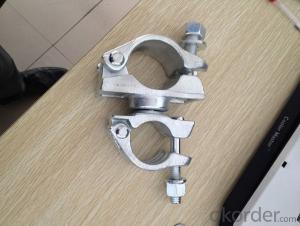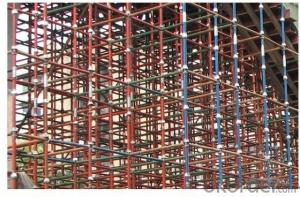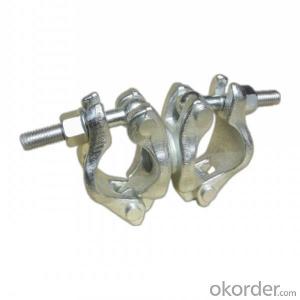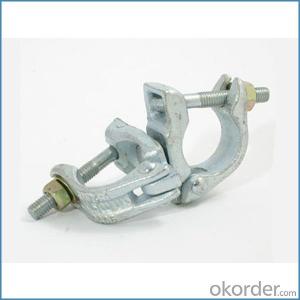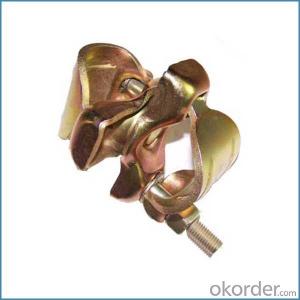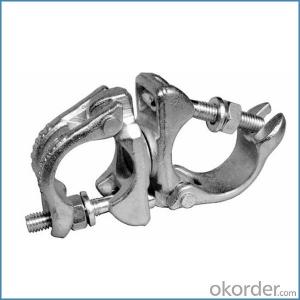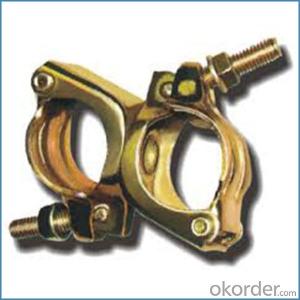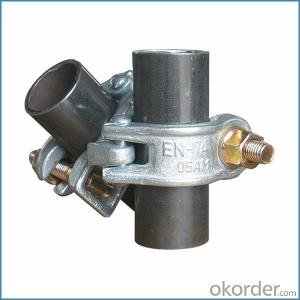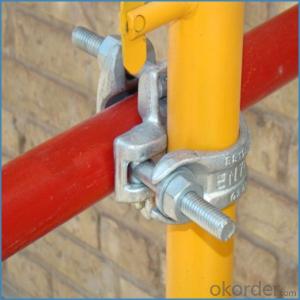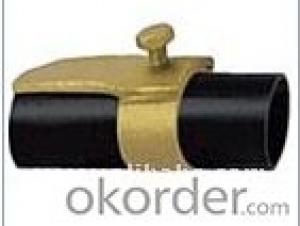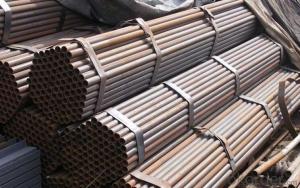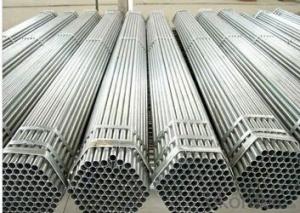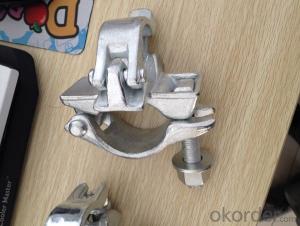Scaffolding Girder Couplers British Type for Sale
- Loading Port:
- Tianjin
- Payment Terms:
- TT OR LC
- Min Order Qty:
- 1000 kg
- Supply Capability:
- 100000 kg/month
OKorder Service Pledge
OKorder Financial Service
You Might Also Like
Scaffolding Girder Couplers British Type for Sale
Description
1.The scaffolding coupler is always used to connect the steel pipe as scaffolding system.
2.The often used coupler is swivel coupler and righ angle coupler .
3.We can provide types of scaffolding coupler according to your requirement.
4.Couoler can fix the 48.3mm scaffolding steel pipe tightly and make the whole scaffolding system more steadily.
5.Material:Q235 steel
6.Overall Size:48.3mm*48.3mm
7.Surface Finish: Galvanized/ Painted
8.Standard:BS1139,EN74
9.Package:25pcs/bag
10.Manufactuering as per customer requirements
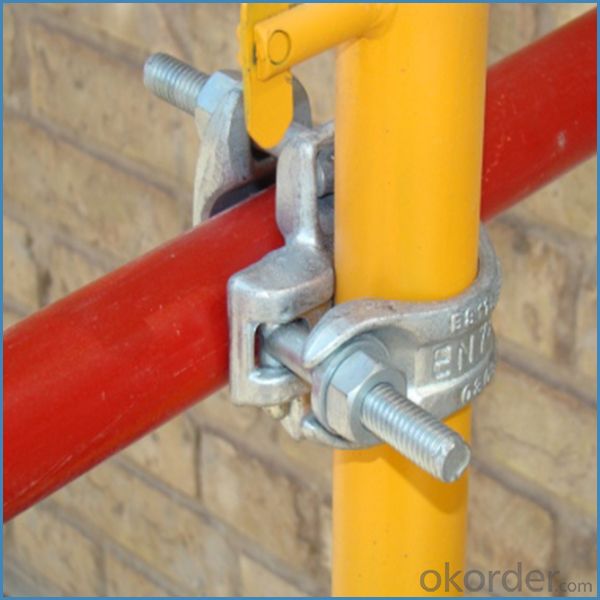
Feature
(1)Excellent Anti-Breaking—Cold Pressed Steel
(2)Outstanding Resistance Deformation
(3)Strong Anti-Dropping Ability
(4)Longtime USe
(5)Qualtity Guaranteed
(6)OEM Service
Photo
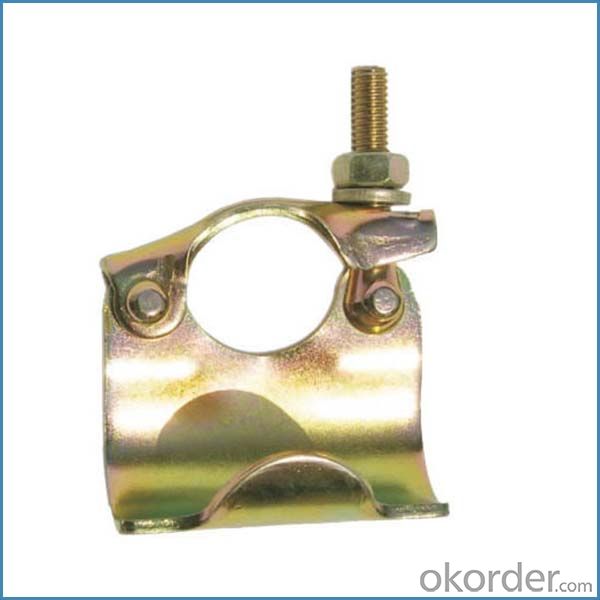
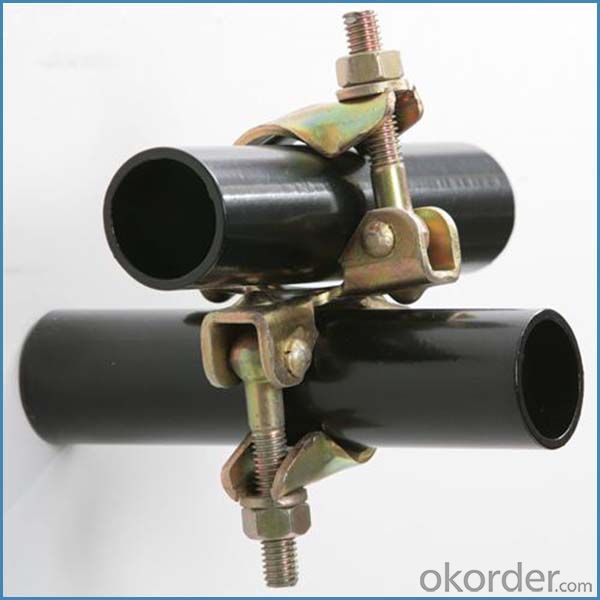
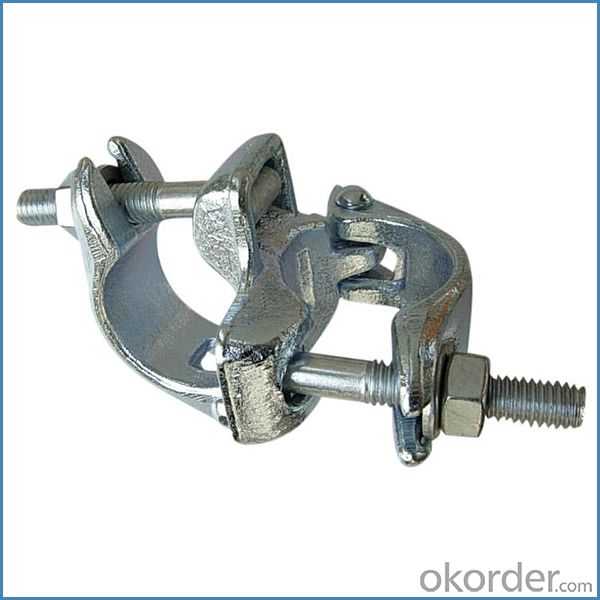
Parameter
| Material | Q235,345steel |
| Size | 48.3mm*48.3mm |
| Surface finish | Galvanized |
| Weight | 1.1kg around |
| Standard | BS1139,EN74 |
| Package | 25pcs/bag,steel pallet |
| Manufacture | As per customer requirement |
| Market | Africa, South America, the Middle East and Asia |
FAQ
Q: Are you a factory or trading company?
We are a state-owned corporation in China,dealing with various kinds of building materials.We have our holding subsidiaries.
Q: Where is your factory located? How can I visit there?
Our factory is located all around China.
Q: Can I get some samples?
Sample is free, customer only pay freight for the first time.
Q: Delivery?
10-30days. (5-15 containers)
Any question,feel free to contact us.
- Q: What is the retail price on a goldblatt scaffold?
- What exactly is this? I've never heard anything like this before?
- Q: What are the common repair or replacement costs associated with steel tube couplers?
- The common repair or replacement costs associated with steel tube couplers may include the cost of purchasing new couplers, labor costs for removing and replacing damaged couplers, transportation costs, and any additional expenses for specialized tools or equipment required for the repair or replacement process. The specific costs can vary depending on factors such as the size and type of couplers, the extent of damage, and the complexity of the installation process.
- Q: How do steel tube couplers affect the overall aesthetics of a scaffolding structure?
- Steel tube couplers do not have a direct impact on the overall aesthetics of a scaffolding structure. They are primarily functional components that provide strength and stability to the scaffolding system. The aesthetics of a scaffolding structure are typically influenced by other factors such as the design, materials, and finishes used, rather than the couplers themselves.
- Q: Are steel tube couplers reusable or designed for single-use only?
- Steel tube couplers are designed to be reusable. These couplers are typically used to join steel tubes together in various applications such as scaffolding, construction, and engineering projects. They are made from durable materials such as steel and are designed to withstand heavy loads and provide a secure connection between tubes. The reusable nature of steel tube couplers makes them cost-effective and practical for multiple uses. Unlike some other types of couplers or connectors that may be designed for single-use only, steel tube couplers can be easily disassembled and reinstalled as needed. This flexibility allows for efficient assembly and disassembly of structures, making them ideal for temporary or adjustable installations. Furthermore, the durability of steel tube couplers ensures that they can withstand repeated usage without compromising their performance or safety. This is particularly important in industries where structures may need to be built and dismantled frequently or where adjustments and modifications are required. However, it is essential to note that proper inspection and maintenance are crucial when reusing steel tube couplers. Regular examinations should be conducted to check for signs of wear, corrosion, or damage that could affect their integrity. If any issues are identified, the couplers should be replaced to ensure the safety of the structure. In conclusion, steel tube couplers are designed to be reusable and can provide a secure and reliable connection between steel tubes. Their durability, flexibility, and cost-effectiveness make them an excellent choice for various applications that require repeated assembly and disassembly of structures.
- Q: 6 meters high outside the wall to be maintenance, scaffolding how to count
- 1 choose to charge the treasure, the most important thing is not to buy the virtual standard things; the beginning of the use of charge treasure people know that a lot of charging treasure are false, shouting can charge 10 times dozens of times, the results bought It is only 1-2 times, and the price is very cheap, so let everyone mistakenly believe that the price of charging treasure should be the price, dozens of dollars, when I bought about 100 mA of the charge when the treasure, Friends say I bought expensive, Shanghai for the high good 薨 spring for the sickle said they 20-30 dollars to buy a hundred thousand milliamperes, I asked to be washed several times, he said 2-3 times, I That I can charge the apple 5 times, a sub-price goods, do not covet small cheap
- Q: Are steel tube couplers compatible with different types of scaffolding systems?
- Yes, steel tube couplers are compatible with different types of scaffolding systems. They are designed to securely connect steel tubes used in scaffolding, regardless of the specific type or brand of the scaffolding system.
- Q: i was wondering how much it hurt:)? i know people have different experiences but could you rate it out of ten?i was going to have it done the other day, i was with my friend and we just happened to walk past a piercing shop and she was like pushing me in there lmfao, but i wasn't too sure, plus i hadn't told my parents and they would have gone mental if i didn't tell them, and could you include a link of websites that do nice barbells for when its healed? thanks x
- I had mine done yesterday.. and it truely didnt hurt. it felt like there was alot of pressure on my ear and it felt kinda hot, but it wasnt intense pain. i hate pain, but it was very tolerable
- Q: Are steel tube couplers suitable for scaffolding projects in extreme temperature conditions?
- Yes, steel tube couplers are suitable for scaffolding projects in extreme temperature conditions. Steel is a highly durable and robust material that can withstand a wide range of temperatures without compromising its structural integrity. Therefore, steel tube couplers can be relied upon to provide a secure and stable connection between scaffolding tubes even in extreme temperature conditions.
- Q: Can steel tube couplers be used in extreme weather conditions?
- Yes, steel tube couplers can be used in extreme weather conditions. Steel is a highly durable and weather-resistant material, making it suitable for various applications in harsh environments. Steel tube couplers are designed to provide strong and reliable connections between steel tubes, ensuring the structural integrity of the system. Whether it is extreme heat, cold, humidity, or exposure to UV radiation, steel tube couplers are built to withstand these conditions. Additionally, steel's high tensile strength and corrosion resistance make it a preferred choice for applications in extreme weather conditions. However, it is important to note that proper installation and maintenance are crucial to ensure the longevity and performance of steel tube couplers in any weather condition.
- Q: Are steel tube couplers compatible with different scaffold system designs?
- Indeed, different scaffold system designs can be complemented by steel tube couplers. These couplers possess great versatility, enabling them to effectively join tubes of diverse sizes and shapes, thereby establishing a sturdy scaffold structure. Widely utilized in construction and industrial settings, these couplers seamlessly integrate into various scaffold system designs. By creating a robust and secure connection between tubes, these couplers guarantee the stability and safety of the scaffold. Moreover, steel tube couplers are easily obtainable and economically advantageous, thus solidifying their popularity within the scaffolding industry.
Send your message to us
Scaffolding Girder Couplers British Type for Sale
- Loading Port:
- Tianjin
- Payment Terms:
- TT OR LC
- Min Order Qty:
- 1000 kg
- Supply Capability:
- 100000 kg/month
OKorder Service Pledge
OKorder Financial Service
Similar products
Hot products
Hot Searches
Related keywords









